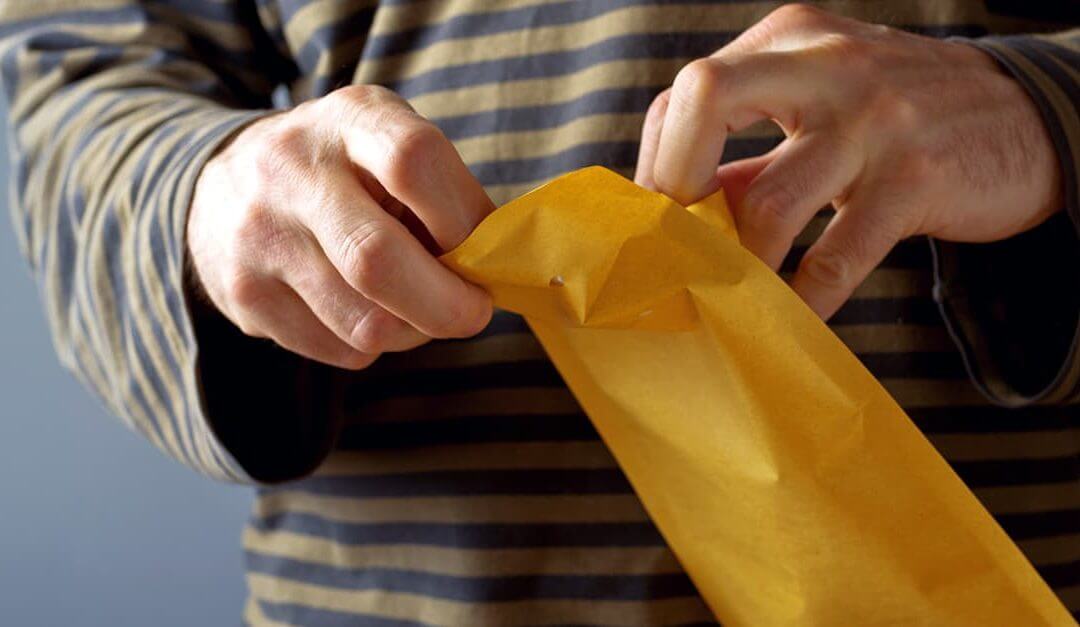There’s a lot to think about when you’re starting up, or running any kind of small business. If you’re planning to sell your product online, your major concerns are likely to be meeting orders, managing stock levels and keeping the books balanced. However, have you thought about how you’re actually going to get your product out to your customers in the first place?
It’s hardly surprising that many sellers don’t give a second thought to how they’re going to package their products until the day comes for them to send out their first order. This, it goes without saying, is a big mistake, because choosing the right kind of packaging can have a significant impact on the success of your business. Here’s our top six things you should take into account when sorting out your packaging options as a small business.
1. Get your priorities straight
Before anything else, take a step back and consider your product and brand, and decide what your approach is going to be in selecting the right packaging. Do you just want packaging that does the job at the cheapest possible price, or do you want to give your parcels a classy look that will impress your customers when they arrive? Perhaps you’re looking to the long-term from the very start, and want your packaging to help develop your brand, or maybe you’d like to promote your business as environmentally friendly, and use degradable and/or recyclable packaging. Each consideration can have important repercussions for your brand, and also in determining your customer’s experience of your product. Take a step back, work out your priorities, and then take it from there.
2. Find the best value
Like many other things, you’re likely to get lower prices on your packaging if you buy more. Realistically however, in the early days most small businesses are going to have only a limited amount of spare cash to offer, and a limited amount of storage space with which to work. Many packaging products, such as bubble wrap and loose-fill packing peanuts, are very bulky: even cardboard boxes, although usually supplied flat-packed, can take up a lot more space than you might imagine. That means you need to find the balance between getting the best possible value, and making the best use of the storage space available, whilst avoiding the risk of running out of packaging and failing to get your orders out.
3. Choosing packaging that’s cheaper to mail
It wasn’t so long ago that the cost of posting your product depended on nothing more than its total weight. Then, along came ‘pricing in proportion’, and suddenly, the size had to be taken into consideration, as well. There’s not a lot you can do about the weight of your product, which can still affect how much you pay, but you can stay on top of your costs by ensuring you use the smallest possible packaging that will still provide the right amount of protection for what’s inside. Going over the Royal Mail’s large letter and small parcel designated sizes, even by just a few millimetres, can mean a huge hike in what you pay, so this is something it’s worth more than a just bit of time making sure you get right.
4. Protecting your product
If your product is something completely unbreakable feel free to skip on to the next point. But chances are there’s something about your product that could be damaged. Unless you can prove it was caused by your courier, you’re going to have to pay for a replacement. Plus, the popularity of internet reviewing means the damage to your reputation can have long-term repercussions, as well as the negative experience for the customer themselves when they receive the damaged goods. Thankfully, there are many different protective packaging solutions designed for different products, so it shouldn’t be hard to find something suitable. It could even be worth carrying out a bit of drop testing first, to see if your chosen solution is up to the task in hand.
5. Should I have my packaging personalised?
This is a hard one. Getting your packaging printed with some kind of branding will undoubtedly cost you more. The benefits of doing so are also hard to quantify. On the other hand, if you really want to make a go of developing your business, then establishing your brand is absolutely essential. Having personalised packaging to reflect this isn’t necessarily something you need to think about from the very beginning. You can worth keep it in the back of your mind as something to consider once you start bringing in steady profit. Remember: you don’t need to order thousands of items at a time— these days, it’s easy to get custom printed boxes in quantities as low as 500.
6. The right packaging supplier
As well as finding a supplier who can help you with all of the above, you need to make sure that they can respond to your needs. You need someone who has the flexibility to understand that not everyone can order thousands of boxes and bags at a time, and who is on top of changes in the way companies do business (long lead times are a thing of the past!). You want to have the widest possible choice of off-the-shelf options available, so that there’s always something suitable when you need it. This supplier should also have the experience and imagination to help you find the most practical, and cost-effective solutions to just about any packaging problem. Whether you’re shipping out porcelain egg-cups, or super-sensitive touchscreen tablets, they should have the right packaging for you.
Dave Smith is the lead blogger at Davpack, a leading British packaging supplier.

